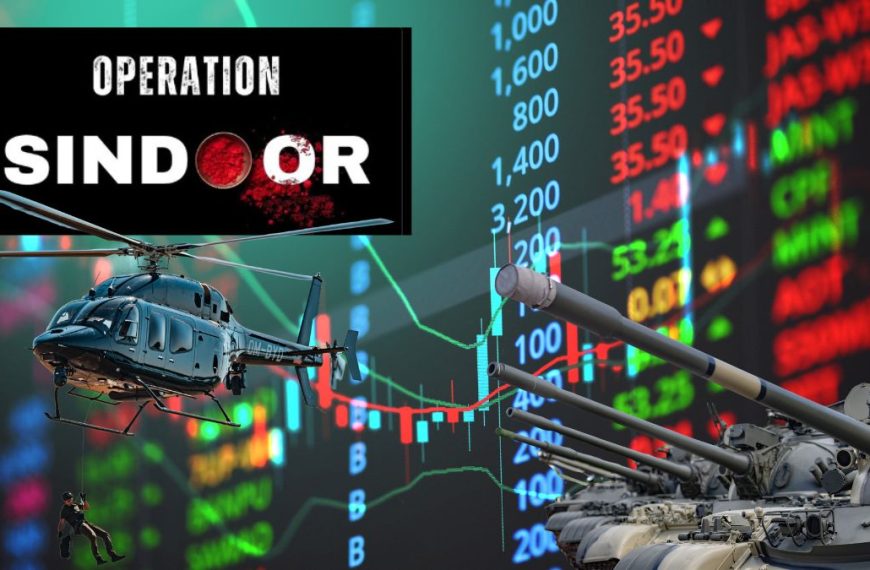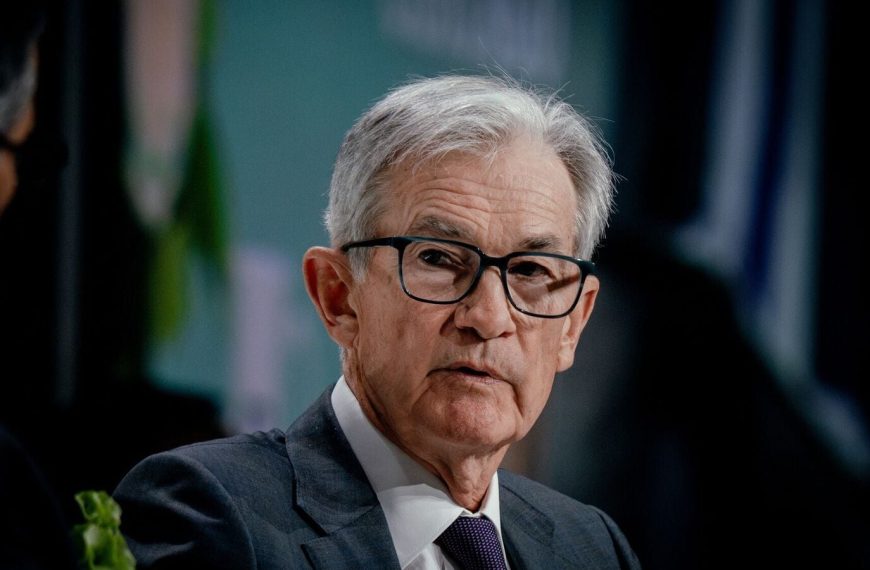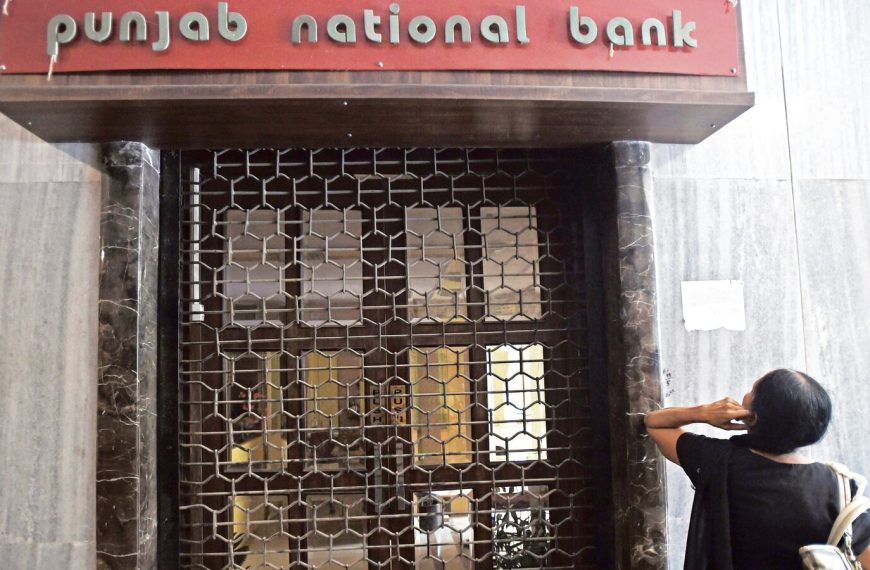The Chicago Mercantile Exchange has witnessed an uptick in live cattle and feeder cattle futures, primarily driven by strong wholesale beef prices and a limited supply of cattle. Meatpackers are increasingly willing to pay premium prices, creating a supportive environment for both cash markets and cattle futures, according to market analysts. This positive momentum is a welcome sign for those involved in the cattle industry.
Rising Cattle Futures Amid Strong Demand
On Tuesday, CME June live cattle futures experienced a slight increase of 0.025 cents, closing at 213.675 cents per pound. Similarly, August feeder cattle futures rose by 0.3 cents, finishing at 299.20 cents per pound. This upward trend can be attributed to several factors, including:
- Increased wholesale beef prices: Choice cuts of boxed beef rose 60 cents to reach $344.17 per hundredweight.
- Select cuts saw an even more significant increase, climbing $5.51 to $333.59 per hundredweight.
Another contributing element is the decline in corn prices, an essential component of the feeder cattle diet, which adds additional support to cattle futures.
Challenges for Hog Futures
While cattle futures are thriving, the situation for hog futures paints a different picture. Weak demand from China for U.S. pork, exacerbated by the ongoing trade tensions between the two nations, has put downward pressure on prices. CME June lean hog futures dropped 1.425 cents, closing at 97.575 cents per pound.
The Impact of Trade Relations
Recent developments indicate that Beijing is currently reviewing a proposal from Washington to engage in tariff discussions. U.S. President Donald Trump emphasized the importance of reaching a fair agreement with China, noting ongoing dialogues with several countries. However, the lack of specific details surrounding the trade negotiations has left many traders feeling anxious.
China has historically been a significant buyer of U.S. pork, and retaliatory tariffs on American agricultural products have severely impacted pork futures. As the grilling season approaches, traders are hopeful that increased demand will help stabilize prices.
In summary, while the cattle market shows promising signs of growth due to favorable conditions, the pork sector continues to face challenges stemming from international trade disputes. The coming weeks will be crucial for both industries as they navigate these economic landscapes.











